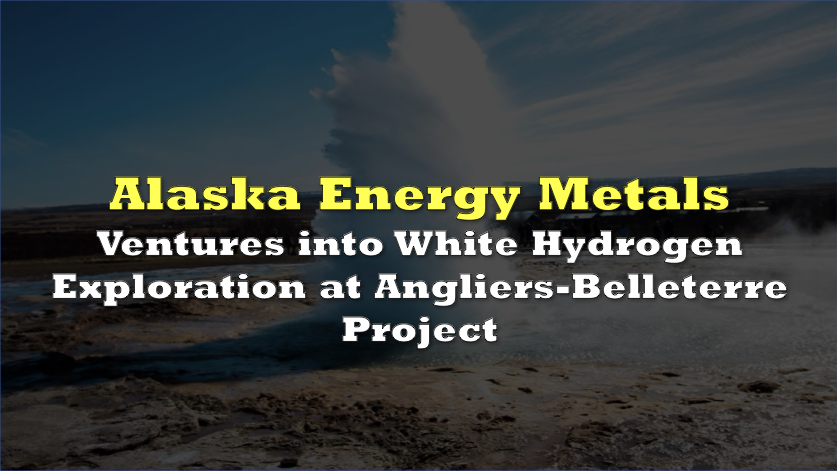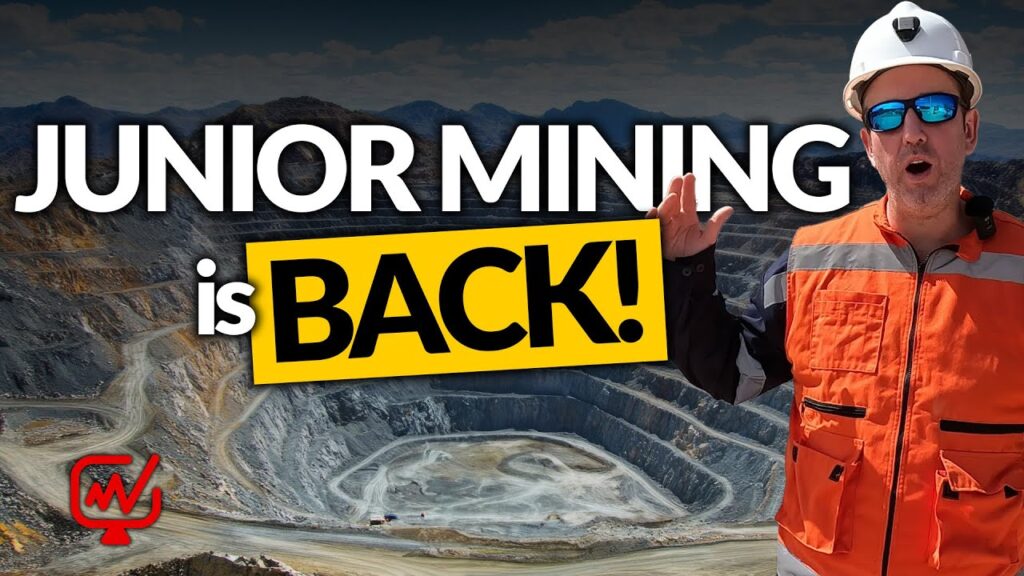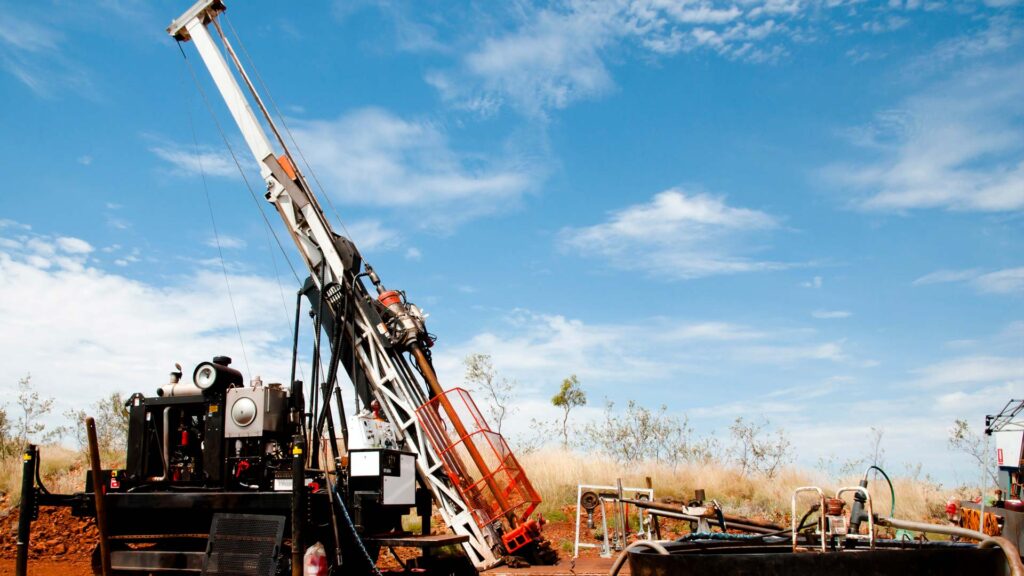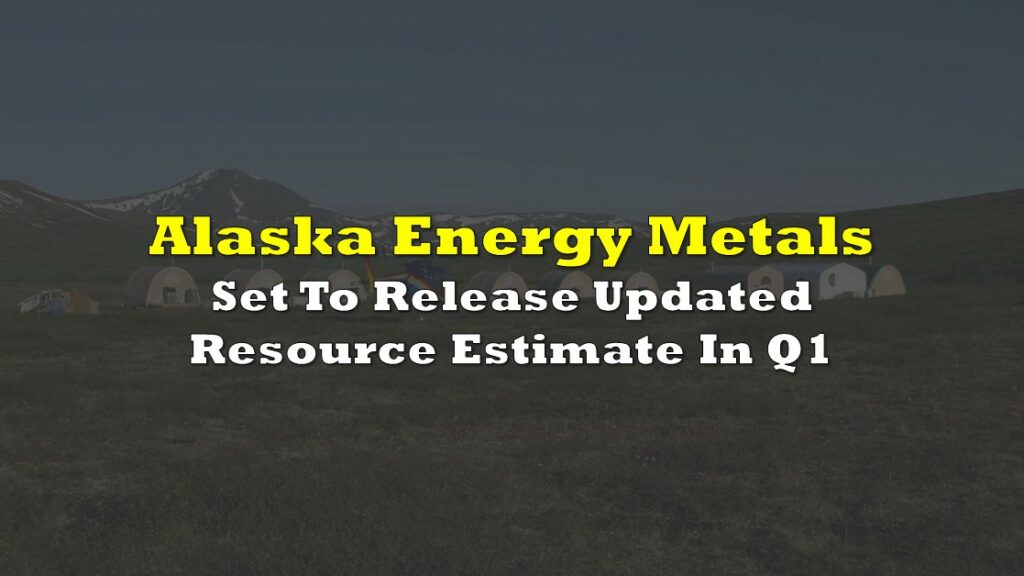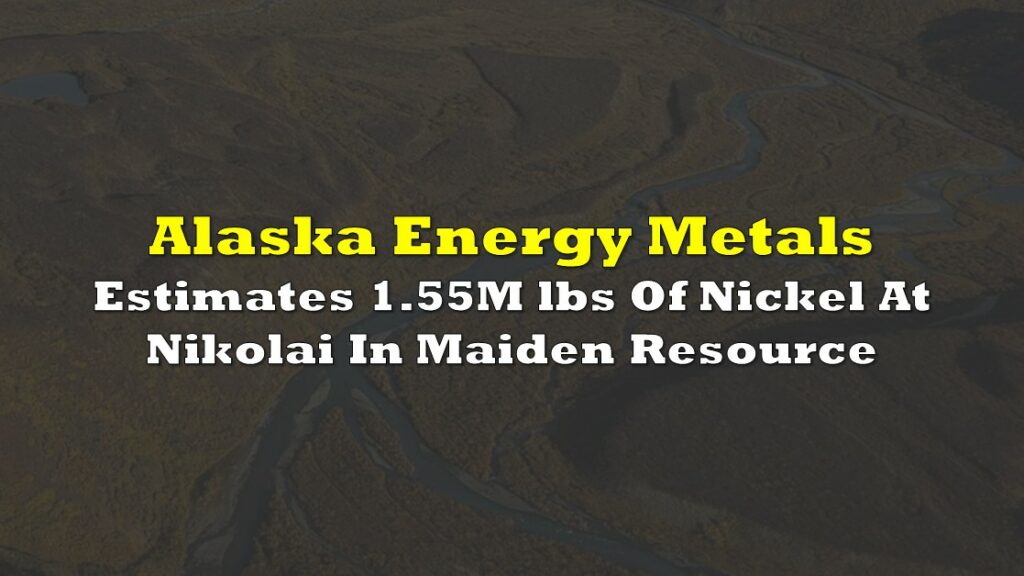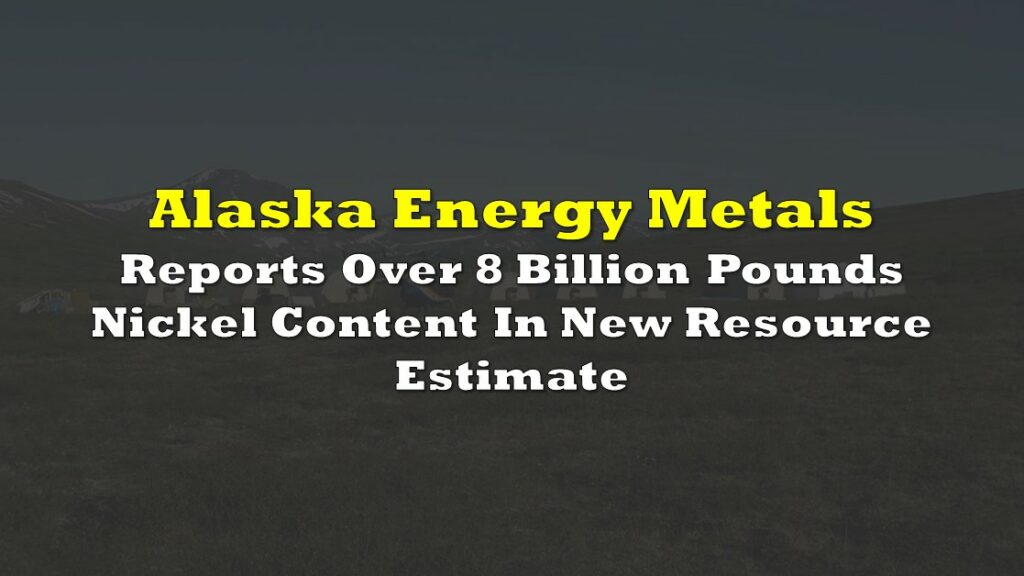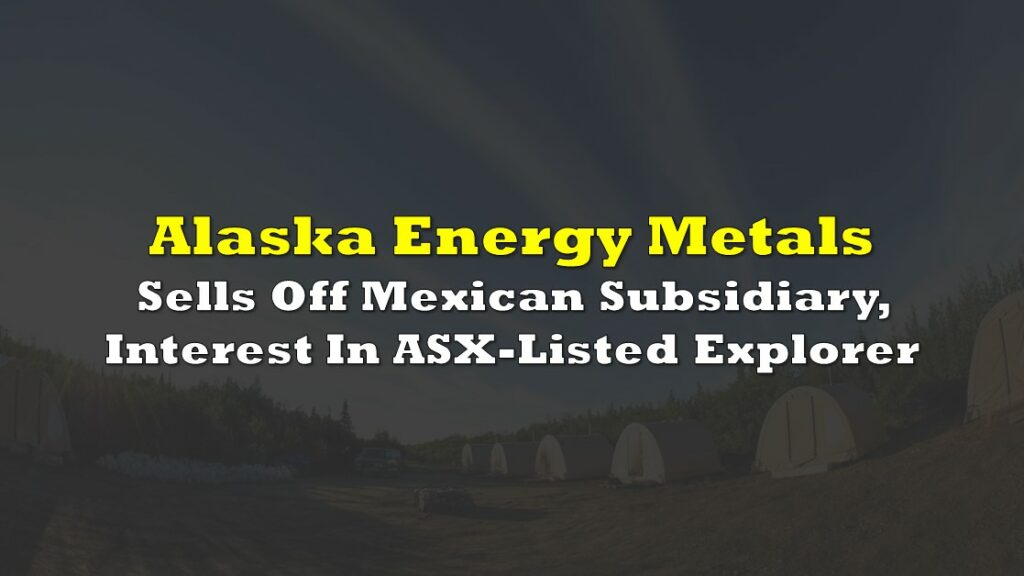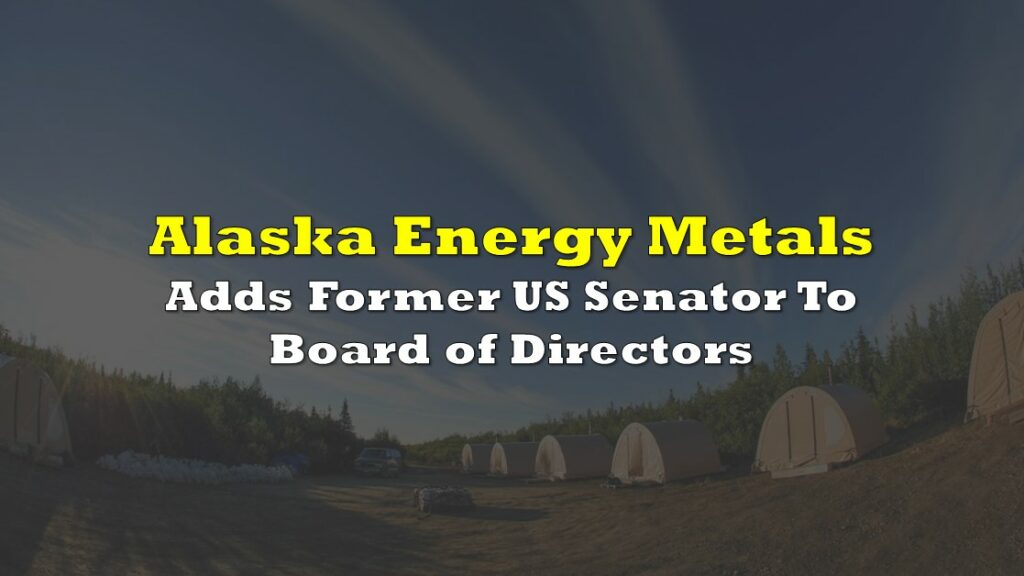FULL DISCLOSURE: This is sponsored content for Alaska Energy Metals.
Alaska Energy Metals (TSXV: AEMC) has set its sights on a potentially groundbreaking resource at its Angliers-Belleterre Project in Quebec: natural hydrogen, also known as white hydrogen. The company announced plans to investigate the natural hydrogen resource potential on its claims, leveraging recent data showing significant hydrogen soil gas anomalies in adjacent areas.
White hydrogen, a naturally occurring form of hydrogen created through geological processes, has emerged as a promising clean energy resource due to its low cost and minimal emissions. Unlike other forms of hydrogen production, which often require significant energy inputs and produce carbon emissions, white hydrogen is naturally produced within the Earth’s crust, offering the potential for a renewable, zero-emission energy source.
“Natural hydrogen has gained prominence as a potential contributor to the low-carbon energy landscape,” said AEMC Chief Geoscientist Gabe Graf. “Both the industry and governments worldwide have shown growing interest in natural hydrogen exploration, which may form an important part of the future energy mix.”
While hydrogen has been a buzzword in renewable energy for some time, much of the attention has focused on green hydrogen, produced via electrolysis, or blue hydrogen, derived from fossil fuels with carbon capture technology. White hydrogen, on the other hand, is still in its infancy in terms of widespread exploration but has the potential to play a key role in the global transition to clean energy.
The prospect of harnessing hydrogen that naturally accumulates in underground reservoirs, without the need for significant processing, has captured the attention of scientists and energy companies alike.
Opportunity in Quebec
Alaska Energy’s Angliers-Belleterre claims are situated in Quebec’s Lake Timiskaming Basin, an area with favorable geological conditions for hydrogen generation. The region features various types of rock formations, including serpentinite, komatiite, and basalt, which are linked to the natural production of hydrogen.
The process of serpentinization—a chemical reaction between water and iron-rich minerals in the Earth’s mantle—produces hydrogen gas, which can migrate through fractures and faults in the rock until it becomes trapped in reservoirs.
Quebec Innovative Materials Corporation, a neighboring claim holder, recently detected hydrogen soil gas anomalies within the Lake Timiskaming Basin, a discovery that sparked AEMC’s interest in exploring the potential for similar findings on their property.
“We acquired the Angliers project for its nickel-copper potential and have been doing exploration aimed at those commodities,” Graf explained. “However, we are excited to learn of the hydrogen soil gas anomaly discovery in the Lake Timiskaming Basin made by our claim neighbors.”
These anomalies suggest that white hydrogen could be present beneath the surface, prompting AEMC to expand its exploration efforts to determine if its claims hold economically viable accumulations of the gas.
Soil Gas Sampling
The firm’s exploration efforts will initially focus on soil gas sampling, a key technique used to detect hydrogen in the soil, which can indicate the presence of underground gas reservoirs. The company plans to collect approximately 400 soil gas samples along six different lines across its Angliers-Belleterre claim block.
Five of these lines will be near the contact between the Lake Timiskaming Basin and the Baby Greenstone Belt, where the company believes there could be sufficient faulting and fracturing to allow hydrogen to migrate to the surface. A sixth line will focus on rocks such as serpentinite and komatiite that are known to generate hydrogen.

“If hydrogen is detected in soil samples, it could be indicative of hydrogen gas trapped below the surface,” Graf said. “Our planned work will help determine if there is indeed potential for white hydrogen gas on our claims.”
The survey results will provide the company with valuable data, allowing them to better understand the geological structures beneath the surface and assess whether the conditions are favorable for trapping and storing hydrogen. If successful, the survey could mark a major milestone in AEMC’s journey to diversify its exploration efforts beyond traditional resources like nickel and copper.
Globally, white hydrogen exploration is still in its early stages, but the potential benefits are significant. If large-scale natural hydrogen reservoirs can be identified and developed, it could revolutionize the hydrogen industry by offering a new, low-cost source of clean energy that doesn’t rely on the energy-intensive processes of green or blue hydrogen production.
Countries such as Australia and the United States have already begun investigating natural hydrogen reservoirs, and governments are increasingly supporting research and development into this emerging energy resource. In Canada, Quebec’s geological diversity provides a unique opportunity for companies like AEMC to pioneer natural hydrogen exploration.
Alaska Energy Metals last traded at $0.16 on the TSX Venture.
FULL DISCLOSURE: Alaska Energy Metals is a client of Canacom Group, the parent company of The Deep Dive. Canacom Group is currently long the equity of Alaska Energy Metals. The author has been compensated to cover Alaska Energy Metals on The Deep Dive, with The Deep Dive having full editorial control. Not a recommendation to buy or sell. Always do additional research and consult a professional before purchasing a security.

